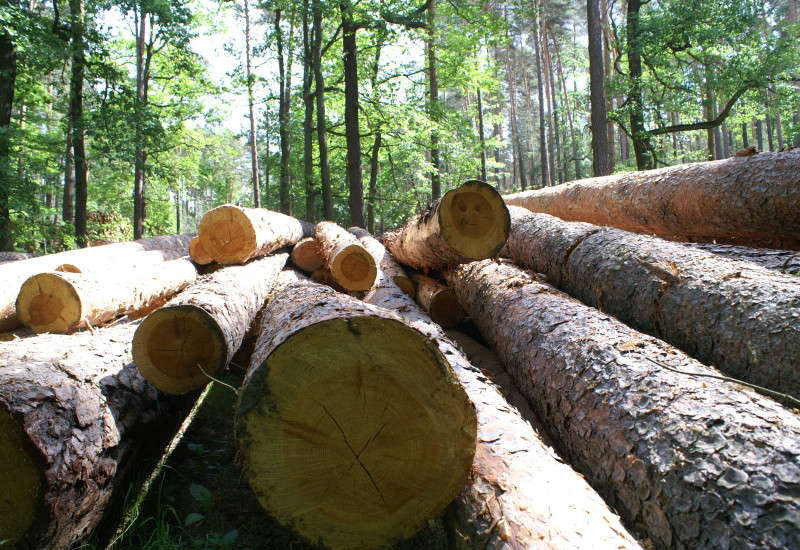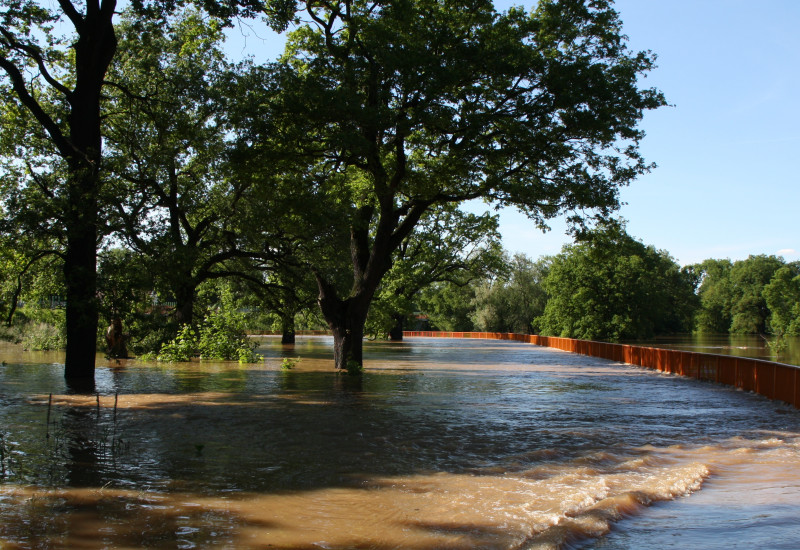Ten environment agencies released "Building an Alliance – For a Sustainable, Resilient, and Just Future in Europe," with 36 recommendations for the 2025-2030 EU policy cycle. Highlighting urgent issues like climate resilience, circular economy and biodiversity, it calls for ambitious implementation of the European Green Deal, with agencies committed to supporting a just, sustainable future. read more
News on Sustainability | Strategies | International matters
10 EPAs Offer 36 Recommendations for EU's Sustainable Future
Sustainability | Strategies | International matters
Alpine Convention
The Alps are the largest natural and cultural space in Central Europe. The mountains shape the landscape and lifestyle of the population in eight different countries. In addition, holiday makers from all over the world are attracted to their fascinating beauty. The international Alpine Convention treaty was adopted to protect the region and its unique climatic, ecological and natural features. read more
Climate | Energy
Fluorinated greenhouse gases and fully halogenated CFCs
Substances such as chlorofluorocarbons (CFC) which deplete the ozone layer have long been subject to an international phase-down on their production and use. In 2016 the international community took steps to phase down another group of substances that are particularly damaging to the climate – hydrofluorocarbons (HFC). read more
Climate | Energy
Container fumigation with sulfuryl fluoride
Sulfuryl fluoride (SO₂F₂, also known as sulfuryl difluoride) is a colorless and odorless toxic gas that has a high global warming potential. Sulfuryl fluoride is used for pest control in overseas containers, among other things. Practicing container fumigation is associated with high emissions into the atmosphere, which have a non-negligible impact on the global climate. read more
Water
Seas under pressure – Ocean acidification due to CO₂
Oceans and seas absorb significant amounts of carbon dioxide (CO₂) from the atmosphere. With increased uptake of CO₂, the pH level of seawater decreases, making it more acidic. This chemical change affects the development of marine organisms. Indirectly, humans will also be affected, for example through the effects on commercially important species in fisheries and aquaculture. read more
News on Climate | Energy and Chemicals
The World Chemicals Conference – Why we need it
Chemicals are a major driver for global warming, biodiversity loss and pollution. Bold political action is urgently needed. The Fifth World Chemicals Conference (ICCM5) 25-29 September 2023 in Bonn/Germany is bound to set up a stronger policy framework for the sound management of chemicals at global level. read more
Water
Floods - how they form and how we influence them
Floods are natural events, they form on a regular basis and are an integral part of the water cycle. The occurrence of floods depends on the strength of precipitation, the characteristics of the catchment area and the morphology of the river itself. Humans can influence and intensify floods, their course and effects. read more
Umwelt-Indikator
Indicator: Greenhouse gas emissions in industry
Greenhouse gas emissions of the manufacturing industry fell by around 35 % between 1995 and 2023.Over the same period, productivity in the manufacturing industry grew by about 46 % (adjusted for price).Germany is aiming for greenhouse gas neutrality by 2045. read more









